
In the River TAKAHARA --Vol.85--
Fish Buffer
In summer of 1986 we headed for the source area of Kasadani again. I could not forget the first enjoyable experience in the previous August. Taking into account that the evening comes early in August, I chose mild climate days in June, which would give us a lot of fishing time.We took the same route to the valley. I had no worry. We walked down our old slope and got to the bank quite easily. Walking time always feels shorter anywhere than the first walking.

This char was caught in the light wood.
Our old raspberry trees were there although they had no delicious fruit yet. When I looked around the banks carefully I found the footprints at two places and a little bit old dung. Those footprints’ owners often pass around here? I remembered the taste of the bear stew I had just eaten at the Hohzan Villa. Do they know that we ate their fellow meat? I hope not.
Well, char was my main concern. Are they staying there in the same way as the previous year or in a different way because of difference between August and June? Worrying about that, we cast the fly. There were some char but only poor response, which was the same as the first several casting, at least, of the previous year.
As we knew that only a small number of fish were staying at the lower reaches, we fished upstream at a high pace. More fish were found at the upper reaches of the sliding waterfall just as the previous year, where I had caught the golden char. The valley looked light upstream again. In the previous year there were scarce fish but now enough ones not to bore us.

At the sunless spot we caught char of sunless colour.
About 10a.m. a big yellow mayfly flew up from the surface in front of me. I looked around carefully and found that a lot of them were flying here and there above the bank. Probably mayflies hatched out now all together.
In the source area where char live, the hatch of mayflies is an annual festival. I had unforgettable experiences of fishing on the very day several times, when I always reported record catches in the valley. Today something exciting is bound to happen!
It really happened. The whole valley seemed to be boiling. Char made rises at the various pools.
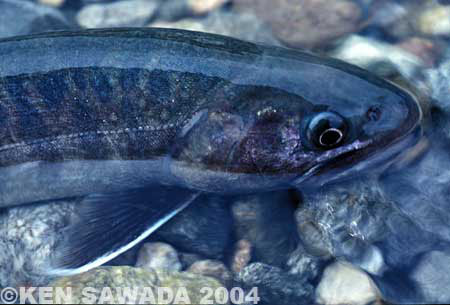
Gold May
I picked up a fly in the forgotten corner of my fly box. A big may fly. Yellow buck feathers of golden pheasant were dressed on size 10 hook. I use it only several times a year or less. But today it is this fly’s turn to go on stage.Char responded to it very quickly and properly. Gold May with the lifted tail was sometimes pulled into the water as soon as it settled on it. As char swallowed the fly without hesitation, I never failed in setting the hook to the fish. The trouble was that char swallowed it into the mouth so deeply that it got broken so soon.
My first Gold May was worn out before I caught 10 char. The other one became useless a little while later because it could not float any more.
The Valley Corridor
Fishing upstream at a high pace, we reached the junction of the creek before noon, from where we had turned back in the previous year. We did not know how the valley was farther upstream. I was a little bit nervous.The river became narrower. Fortunately there was a broad range of vision and no dangerous place. After we fished upstream for an hour, a raging waterfall suddenly appeared in front of us. It was as high as 2m and a large basin was spread under it. I tried to cast the fly. No response. I noticed that the fish had become fewer a little while before.
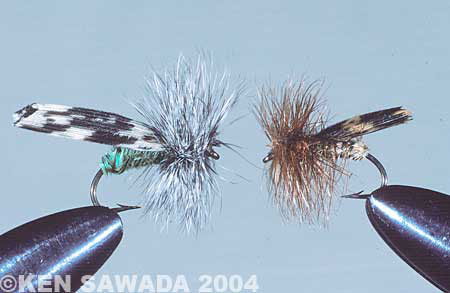
Speckled Sedge (left) and Brown Sedge (right). Both were used for Char fishing as midsummer terrestrial patterns.
We climbed the left big rock, taking a detour to avoid the falling part and reached just above the waterfall. The scenery dramatically changed. Although we could see the sky, the both banks got narrower and surrounded by bedrocks. It looked like a corridor. The river bed was also covered with bedrocks and some big stones sat here and there.
It must be beautiful scenery for the climber but not comfortable for fish to live in because there is no hiding place from the flood. Anglers had the same problem as fish. Actually we found only several black shadows running while we were walking.
After we passed the valley corridor, several char bit the fly. Thank God! But there was another raging waterfall ahead. We took detour to the left and arrived at the top of the waterfall, from where the narrower corridor extended farther upstream.
No fish were found although there was sufficient water for char. The valley environment was too hard for them to live in? At the end of the narrow corridor I found several small shadows swimming as if it had stuck to the rock surface. The shadows looked more like wall lizards or salamanders than char.
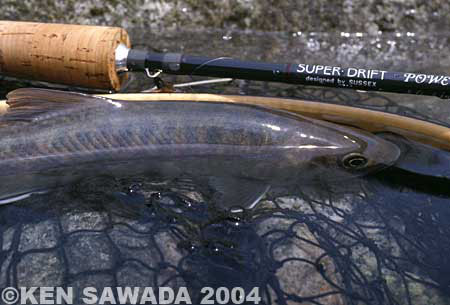
The bare rock surface soared on the both banks of the narrow valley. Even after we passed through the corridor, the valley seemed to be a narrow channel as if it had been the bottom of the crevasse. Probably in typhoon and snow melting seasons, in several times a year, the whole valley was changed into a long waterfall. Making sure that no more fish were found, we started on our way home.
Black Mist of Bees
Nearly 4p.m. we climbed down to the junction of the creek. Our feet felt hot. Taking a little break, we talked about our way home again.One route was to walk down for 1 hour through the valley to the road and then to walk up to the woodland path, just as the previous year. The other was to climb the slope from here to go directly to the woodland path.
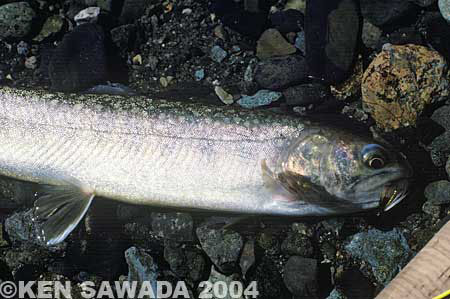
In the source area char was thin due to lack of bait.
If we take the first course we will have to walk for 1 hour along the bank although we knew the whole course. If we take the second course we will not need difficult walk along the bank although there is no road or we have no climbing experience, which made us feel a little bit uneasy.
According to the map, the woodland path strode across the tributary. Now that we climb along the lower reaches of the tributary, we will reach the woodland path as far as we walk up and up even if we get lost. We talked in this way and both of us had a feeling that we were going to try a new route.
I laced my shoes tightly for safety and climbed the steep slope, holding the branches. When I walked 50m, pushing my way through the bushes, I reached a small ridge and suddenly took a broad view. I got on a crawling fir-tree to check our way. There was no bush ahead but a light gentle slope spread in the forest.
“Shohei, it must be a good route.”
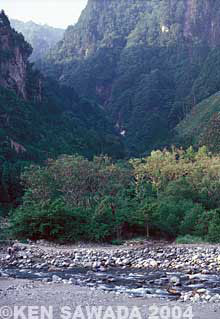
The source area of those tributaries flowing into here as well as Kasadani has a steep slope.
I said aloud and turned around. In the next moment I felt the sky became dark. When I found countless bees were flying around, I had been surrounded by the hum.
“Get away! Bees’ attack!”
So I screamed and jumped down on the slope below. I felt an acute pain in the neck. We rolled down the slope we had just climbed. Fortunately no bees followed us through the bush.
When I felt relieved I found the back of the neck made sting. It was black wasps called digger wasps that attacked me. I happened to get on the branches of fir tree which covered their nest. I was lucky that they were not big wasps!
Then we climbed the slope to the end and reached the woodland path. But we had to walk down the steep slope and down. It meant that we took an extra detour as well as I had unexpected pain.
-- To be continued --
- NET SHOP INFORMATION
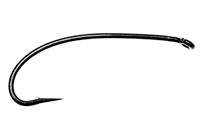
SL6 Black Spey Hooks
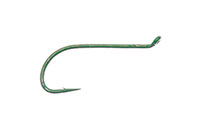
DU3 Limerick Spinner Hooks
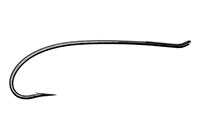
SL4 Single Bartleet Hooks
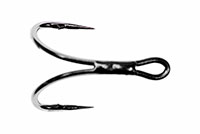
XD1 Tube Fly Double Hooks
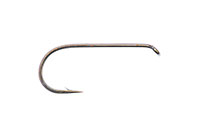
DD2 Flat Perfect Hooks
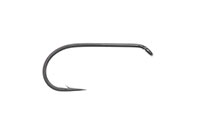
DD1 Black Terrestrial Hooks
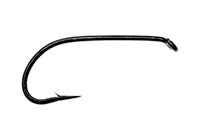
TD4 Old Limerick Wet Hooks
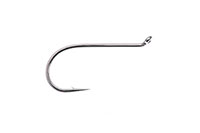
DU1 Silver May Hooks
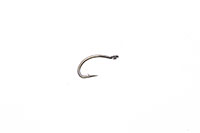
MU1 Flat Midge Hooks
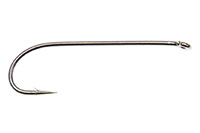
LD3 Long Limerick Hooks
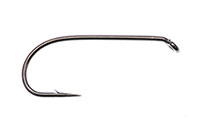
TD2 Summer Sproat Hooks
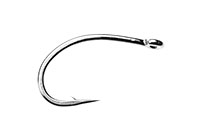
XS1 Tube Single Silver Hooks
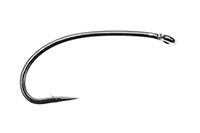
TD6 Siver Sedge Hooks

SL5 Black Spey Hooks

DU3 Limerick Spinner Hooks
- TROPHY CLUB
- FLY SHOW
- EXHIBITION
- MASTERS`
- FLY DRESSING CONTEST Archives
- TRAVELLER Archives
- TACKLE IMPRESSIONS Archives
- ANGLERS` PHOTO GALLERY Archives
- ----------------------------------------------
- トロフィークラブ
- フライショー
- エキシビション
- マスターズ
- フライドレッシング・コンテスト・アーカイヴ
- トラヴェラー・アーカイヴ
- タックル・インプレッション・アーカイヴ
- アングラーズ・フォトギャラリー・アーカイヴ
株式会社サワダ 185-0021 東京都国分寺市南町3-13-4
SAWADA'S INC. 3-13-4 Minamicho, Kokubunji, Tokyo 185-0021, Japan
写真・ドキュメントの無断転載を禁じます。
All the images and documents found on this site are owned by Ken Sawada and may not be used without permission.
But, link to this site is FREE.
Copyright © 2000 - 2024 SAWADA'S INC.. All rights reserved.
SAWADA'S INC. 3-13-4 Minamicho, Kokubunji, Tokyo 185-0021, Japan
写真・ドキュメントの無断転載を禁じます。
All the images and documents found on this site are owned by Ken Sawada and may not be used without permission.
But, link to this site is FREE.
Copyright © 2000 - 2024 SAWADA'S INC.. All rights reserved.
